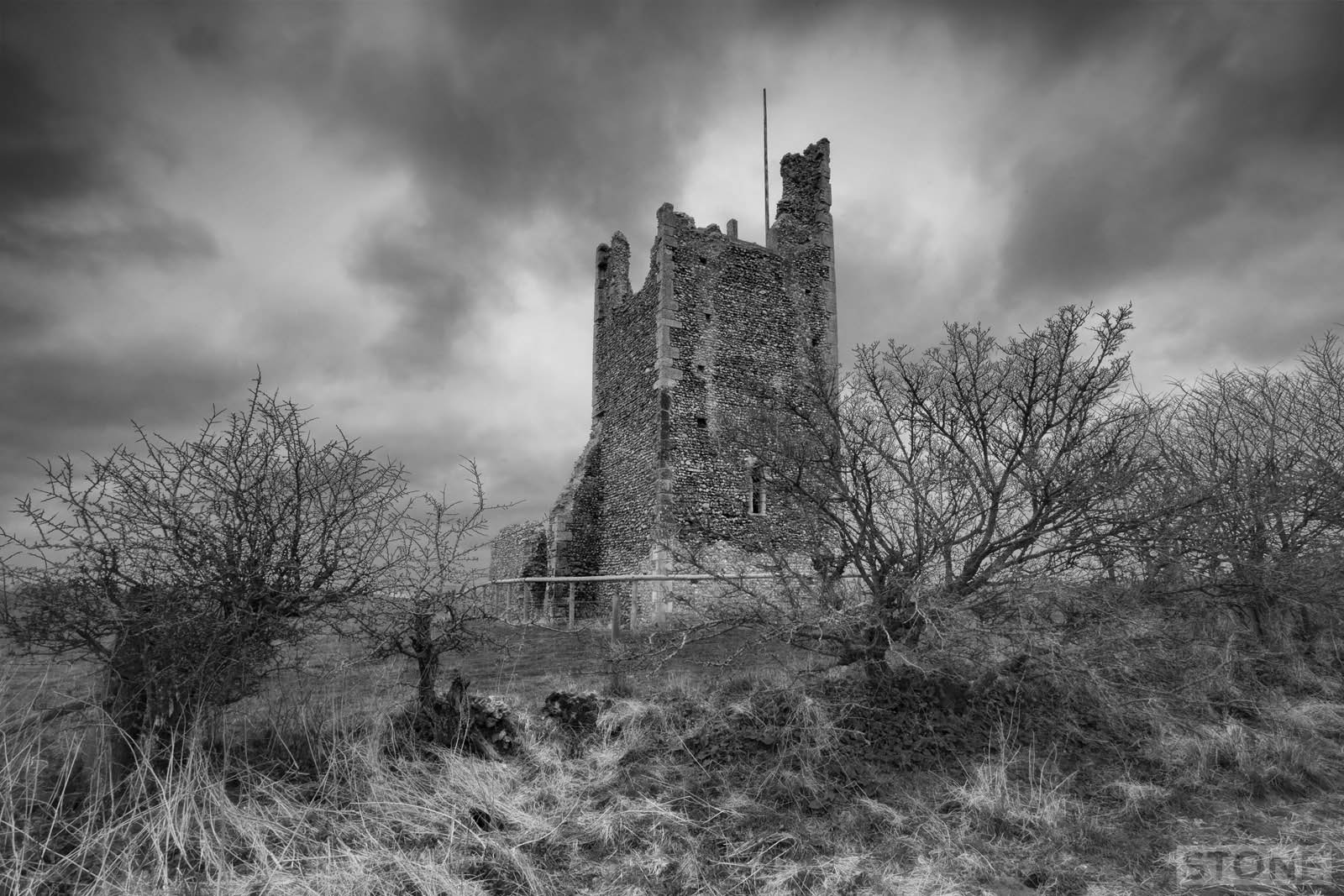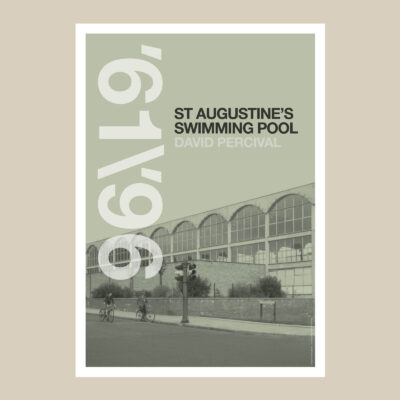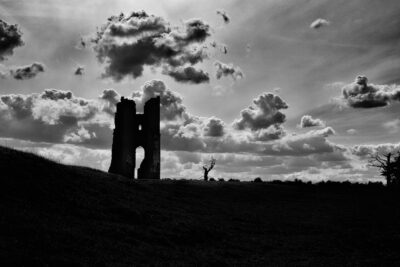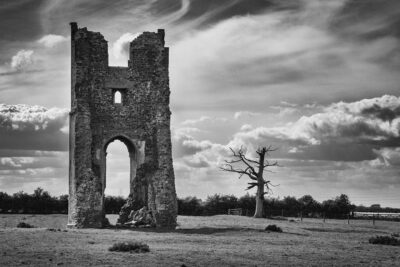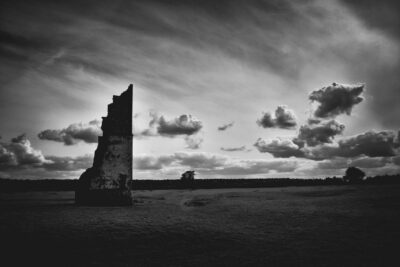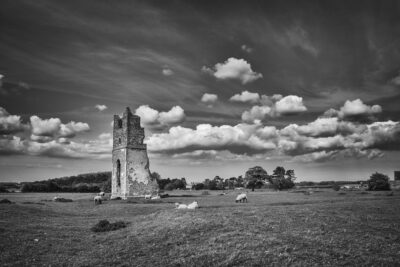There’s a lot to be intrigued about in towns like Fakenham. Not unlike North Walsham, it sits on a small winding road that makes it’s a much less direct but more interesting journey than somewhere like Attleborough or Wymondham. The drive is less straightforward but you get more of a feel for the old transit routes, the curves of the road marking an ease of passage in a landscape where the roll of the ground made the trackway which became a road. It begins almost from the start of the old Fakenham Turnpike now Drayton Road on the inner edge of the Mile Cross estate past the stump Cross itself and out through the now indistinct, suburban smother of villages like Drayton and Taverham; their perimeters hazed by the city spread. It’s a slower road, the rumble of lorries and the odd crawling old car somehow sets these towns apart; the distance feels greater, the route drifts, somehow more elaborate. These market towns in their big sweeping circle around the city away from the arteries of the A47 and the A11 feel more locked into their own particular space where time has slowed a little.
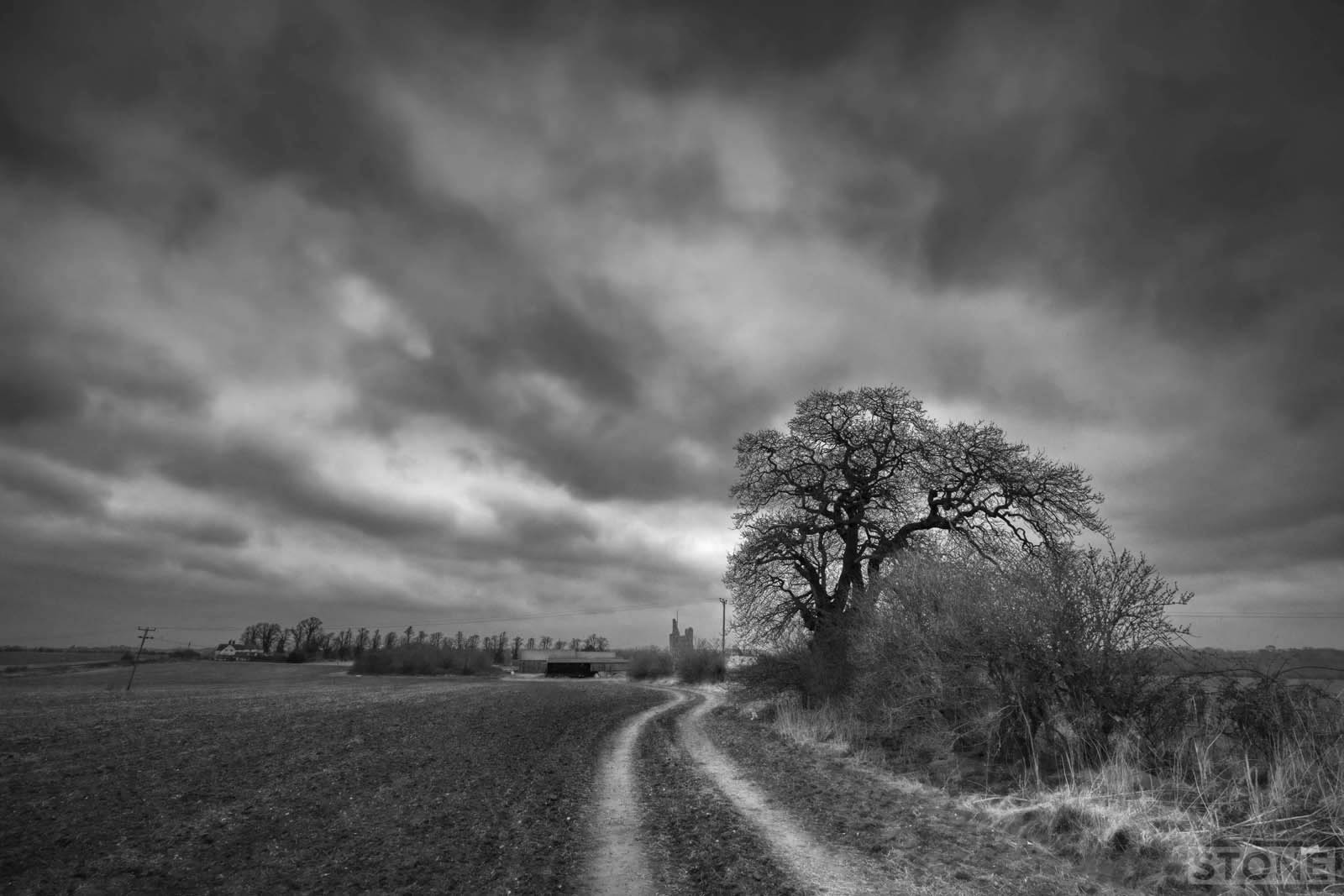
Fakenham is home to the only surviving town gasworks in England, now a museum, includes gas retorts for heating the coal to produce the gas, and one of its gas holders still remains, and the intriguing large amount of print history woven into it. Fakenham is also in the middle of probably the biggest concentration of settlement desertion in Norfolk, and that’s one of my little foibles, so on my way back home from a meeting there I zigzagged about to take in a few marginal spaces.
Pudding Norton still exists as a settlement, the rows of houses are almost more of a suburb of Fakenham than not, although as a parish and a settlement it’s has a modern identity. The new village is some distance removed from the medieval centre, it’s heart was scooped up and pushed away. As you head out towards Dereham from Fakenham a quick glance away from the road to the left, just over a freshly ploughed field St Margaret’s toothed tower sits up like a crag through the hedge line, just behind Pudding Norton Hall farm in a field behind a thorn hedge, a line of trees, and a stretch of flint speckled pale chalky earth.
The site is well known enough to have a conservation order on it, protecting what is left of the platforms on which the houses stood and the yards from the plough or the tender but insistent attention of centuries of local cattle. As you pass you can still see the hollow ways formed from the pressure of feet and carts compacting and rutting out roads between the humps and bumps that signify the site of the old vill of Nortuna near a stream on the slopes of the upper Wensum valley. And those remains are all firmly pitched around the the centre; Saxon and Norman carstone, limestone and flint of the church tower.
Like so many of these sites in this area in particular, the death of the village was the result of greed, a family with enough, unsatisfied with it wanted more; the Fermor family bought Hempton Priory after the dissolution, The Dye family contributed by buying other tracts of land nearby. Hempton was originally the major settlement due in part to its ecclesiastic root, at some point Fakenham grew beyond it and as the power of the church ceded to the power of the monarch and state it became the lesser and Fakenham grew. During the mid-sixteenth century the householders were kicked off the land and the arable world ceased, the brave new world of sheep commenced, the church was in ruins by 1600, and the land empty of inhabitants except the flockmasters and their tenant farmers. In this case the land hosted one of the biggest flocks in Britain. The family were fined for their treatment of the local inhabitants and the parlous state of the settlement on their land, but by then it was too late to make any difference, the punishment too small to matter to a family who could afford to build and live in East Barsham Hall and who held some sway, and the remains of the village gradually slipped below the sea of grass.
It’s always a curious sensation; arriving in these places, looking through a hedge at the denuded layers of a village, the crop marks here are obvious fairly obvious even in a uniform grey light scattered by a doughy layer of thick spring cloud, made bleaker by a cold wind whipping in from the North Sea. The entry point to the site is blocked by a gate, there’s the usual, where the hell does anyone park a car without either blocking a gate or getting it smashed to bits, Plus the trespassing or public access debate. The solution is a layby away from the traffic. The site is fenced off and gated with little access that didn’t involve climbing something with sharp wire on it or clambering through a hedge, neither of which that appealing. The best applied method of careful but casual striding down a field boundary interspersed with actually supposed to be here loitering was the best bet. The rabbits were unmoved by it all.
The church is more impressive the closer you get, the marks in the field revealed by the act of moving alongside it the bumps reveal themselves. It’s a similar site to Godwick, the same feel; that impossible urge to roll back the blanket of grass and reveal the bones of the settlement and see the lives lived here is strong. Even through the bush and scrub, you get a sense of the village under the grass now asleep even through the greying light and the prickle and drift of drizzle.


